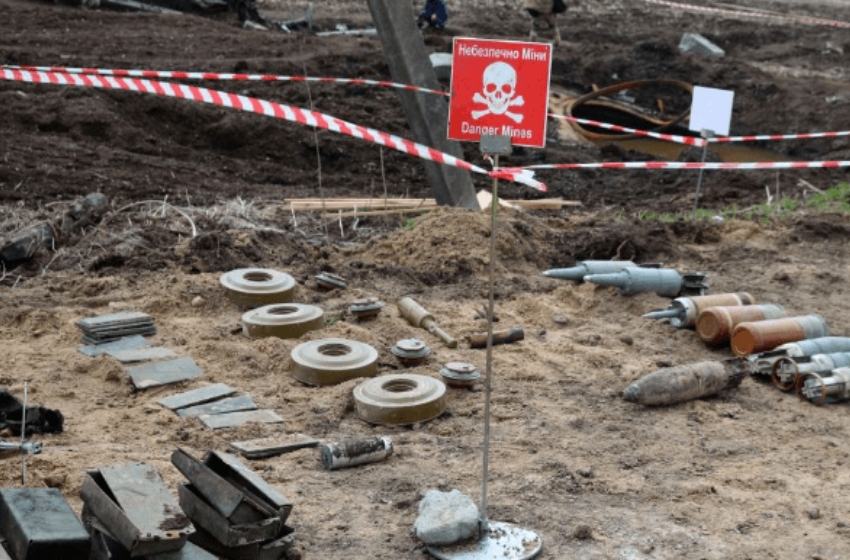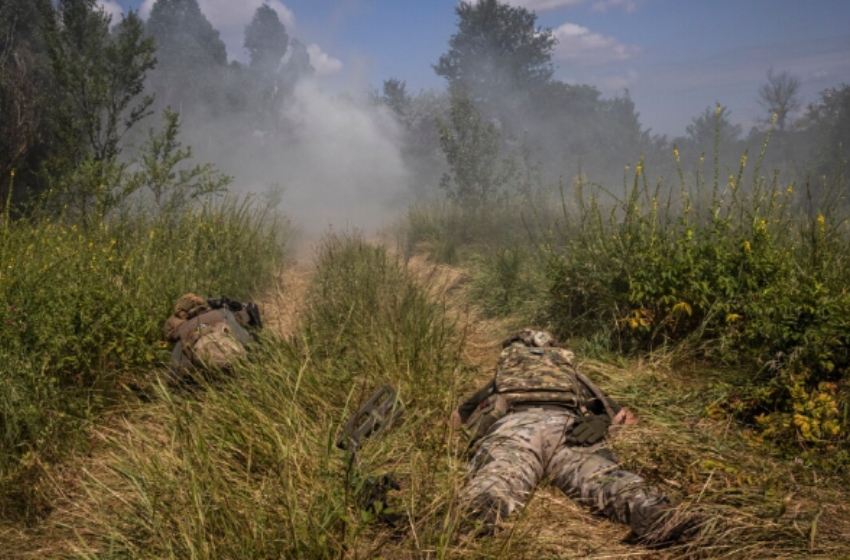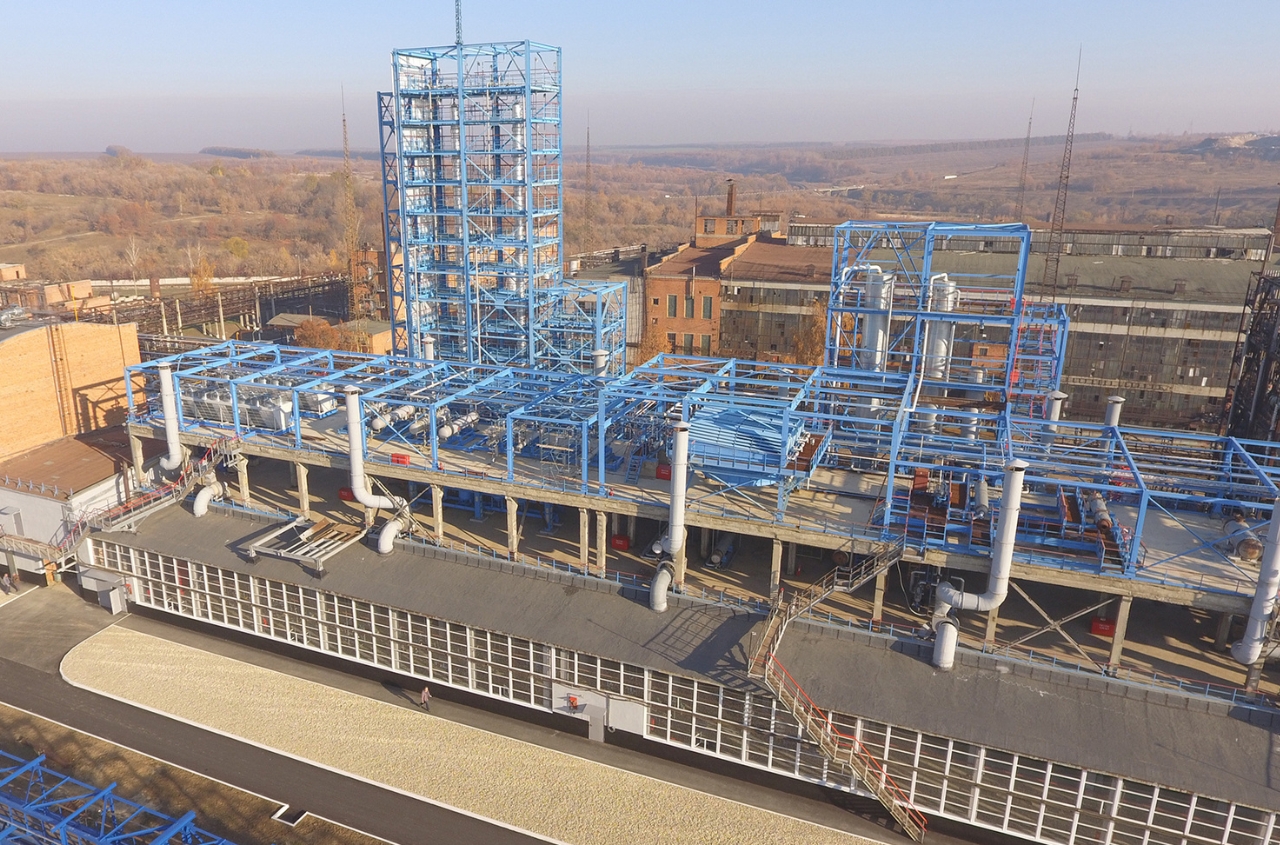The Royal United Services Institute (RUSI) reported that the Russian command determined at the start of the Ukrainian counteroffensive that Ukrainian forces might be able to easily breach the Russian doctrinal minefield depth of 120 meters leading Russian forces to aim to increase the depth of their minefields up to 500 meters.
RUSI stated that Russian forces lacked enough mines to mine these larger areas as densely as Russian doctrine dictates, causing Russian forces to deviate from doctrine, including by using improvised explosive devices and a wider and differential distance between mines.
RUSI stated that Russian forces tried to compensate for decreased minefield density by increasing the effectiveness of anti-tank mines by placing two on top of each other.

Ukrainian operations across several sectors of the front have likely further compounded these constraints on the Russian effort to expand minefields by forcing Russian forces to disperse their mining efforts along wide sectors of the frontline. Ukrainian Tavriisk Group of Forces Spokesperson Oleksandr Shtupun stated on September 3 that minefields near the next series of Russian defensive positions in western Zaporizhzhia are less dense than the initial defensive layer that Ukrainian forces advanced through.
ISW has previously assessed that Ukrainian forces may encounter denser minefields at certain sections of subsequent series of Russian defensive positions, however.




















